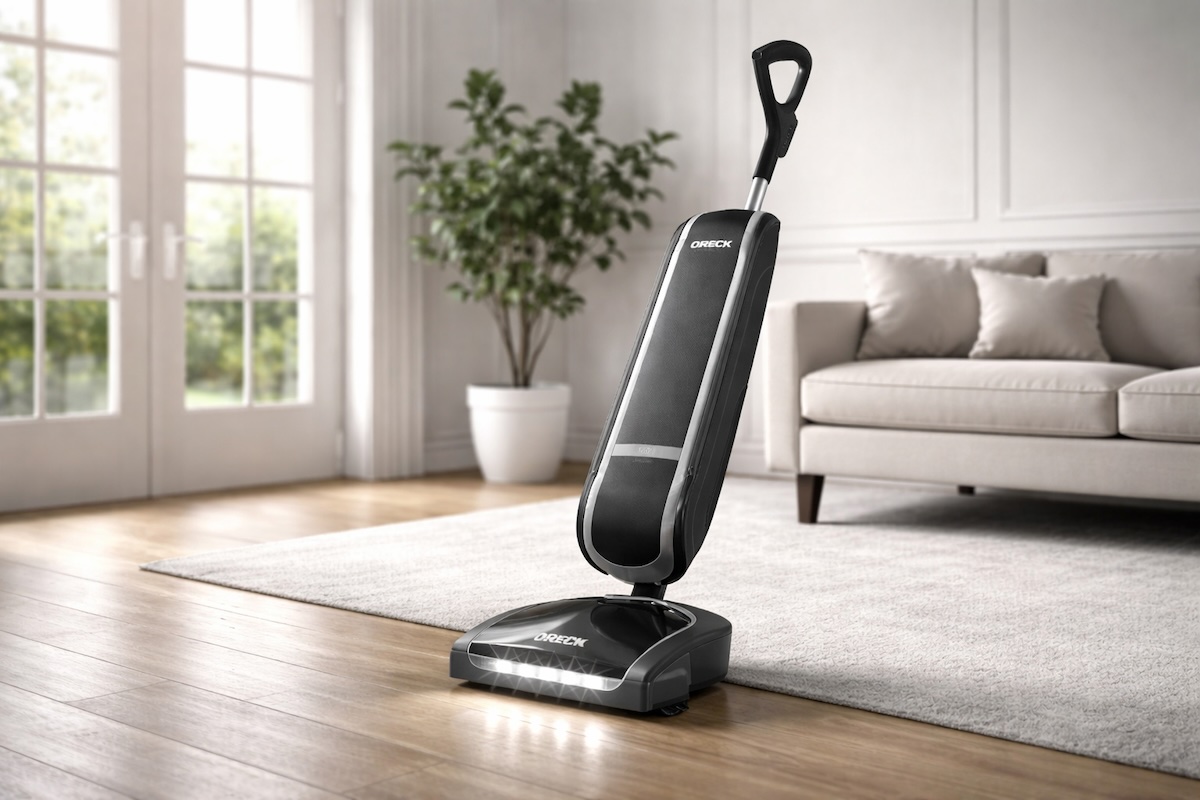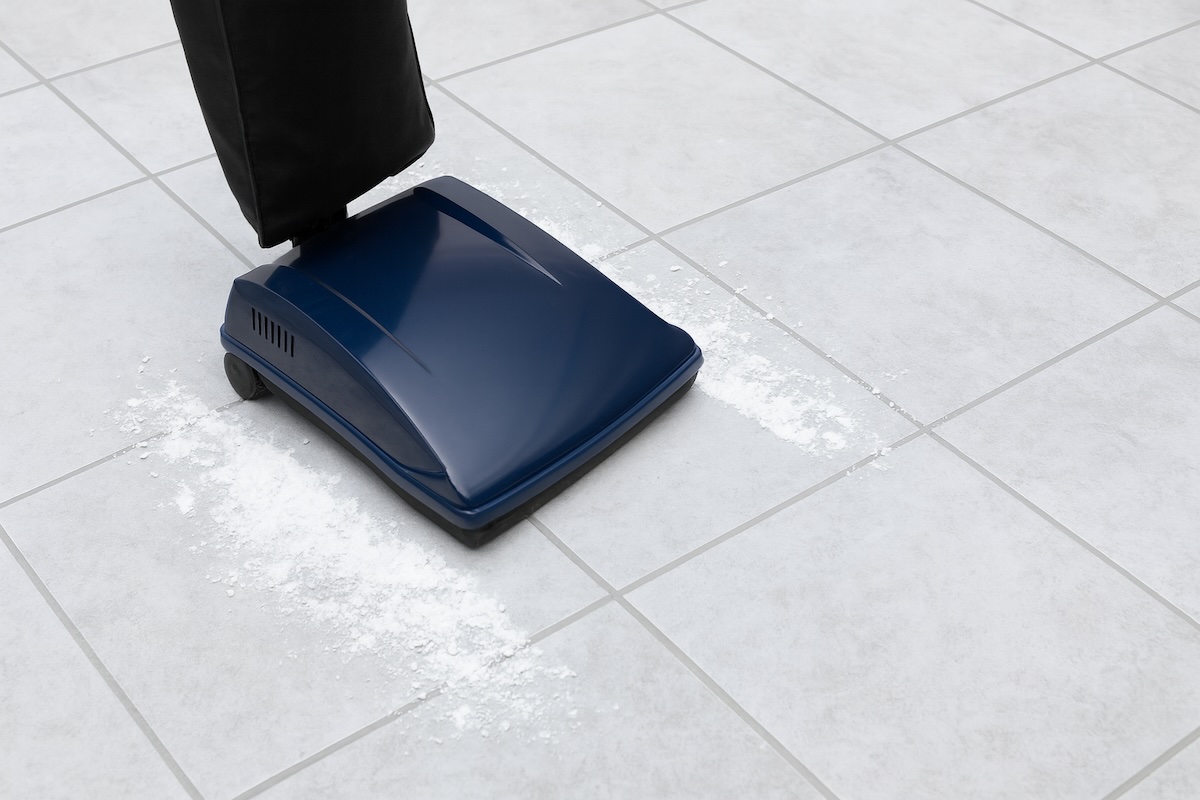You wouldn’t drive your car for years without an oil change (hopefully!), and the same principle applies to your vacuum. It may not have an engine light, but your vacuum gives you plenty of early warnings when something’s off—if you know what to look for.

Regular maintenance doesn’t just protect your machine—it helps keep your home cleaner, your air healthier, and your wallet happier in the long run. Whether you’re using a premium machine like a Miele, Sebo, or Riccar or a workhorse like a Dyson or Shark, maintenance is what keeps your vacuum doing what it’s designed to do.
How Often Should You Maintain Your Vacuum?
Not to over-do the vehicle analogy, but just like your car needs oil changes and tire rotations, your vacuum needs routine care to perform its best. Ignoring basic maintenance may not seem like a big deal—until it leads to lost suction, costly repairs, or even a complete breakdown.
Fortunately, staying on top of vacuum upkeep doesn’t take much effort at all when you know what to look for and when.
- Frequency of Use: For people who use their vacuum daily, a monthly visual inspection and a more thorough quarterly check-up can prevent minor issues from becoming major problems. For less frequent users, bi-annual servicing can work wonders.
- Detecting Early Warning Signs: Notice a change in sound? Or perhaps your vacuum isn’t picking up as much debris? These are clear signs it’s time for a check-up.
- Key Maintenance Points:
- Filters: Depending on your vacuum type, your filters might need monthly cleaning. With HEPA filtration, common in allergy-friendly models, the filters have a longer life but eventually need replacement.
- Brush Rolls: Regularly remove tangled hair or debris. A worn brush roll can reduce efficiency drastically.
- Vacuum Bags/Bins: Overfilling can reduce suction power. Make it a habit to empty or replace them timely.
- The Cost of Neglect: Putting it off might seem harmless, but clogged filters, jammed brush rolls, or blocked hoses can lead to motor damage—and that’s when repairs start getting expensive. Regular upkeep extends your vacuum’s life, keeps it under warranty, and saves you from surprise breakdowns.
Tip: Over time, drive belts can stretch or slip, and hoses can develop cracks or clogs. These issues often go unnoticed until they result in a sudden loss of function. Inspect belts for slack or wear, and check the hose for blockages using a broomstick or flexible brush tool.
A clean home starts with a clean machine. Your vacuum is one of the most hardworking tools in your home, and just like any appliance, it performs best when it’s properly cared for. Staying on top of regular maintenance—not just emptying the bin, but checking filters, cleaning brush rolls, and scheduling service when needed—can make a huge difference in how well it does its job.

When your vacuum runs efficiently, it doesn’t just pick up more dirt—it improves the air you breathe, protects your floors, and extends the life of your entire cleaning system. Keep your machine in good shape, and it’ll reward you with fresher floors, fewer allergens, and less hassle for many years.




